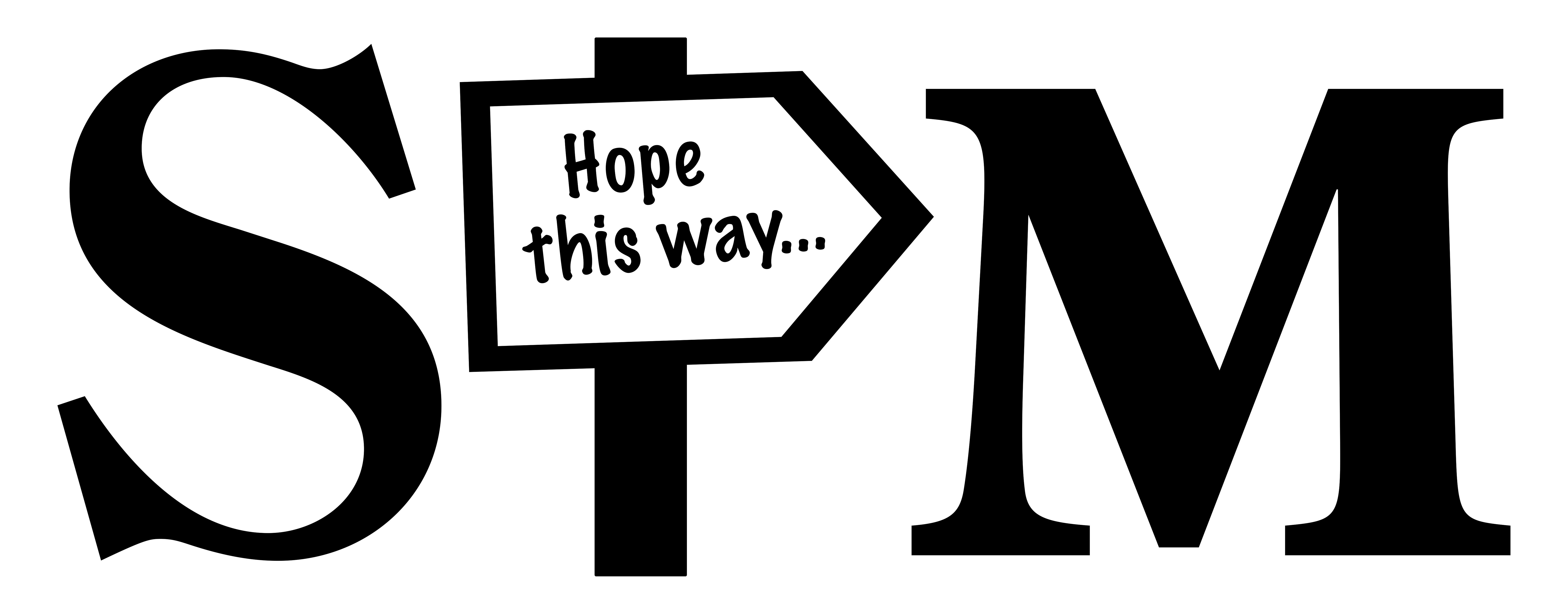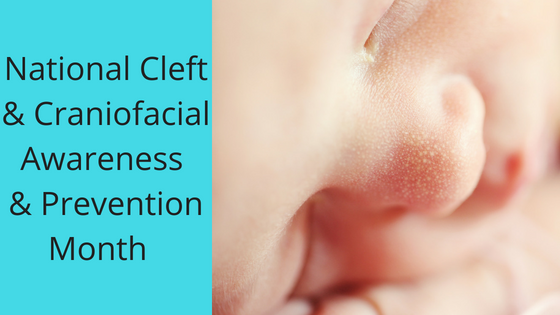That is a mouthful as a headline. And that is the point, isn’t it? We are trying to draw attention during National Cleft & Craniofacial Awareness & Prevention Month in July to the mouth and face. Cleft lip and craniofacial conditions are birth defects that affect thousands of infants, children, teens, and adults annually in the United States. One in 800 children worldwide are born with cleft lip or cleft palate.
Cleft lip develops when the parts of the face that form the upper lip remain split at birth, instead of sealing together. Sadly, it does not stop there. This birth defect can also apply to the roof of the mouth or palate. And aside from affecting the appearance of the face, cleft lip & palate also create difficulties with eating, speech, ear infections and misaligned teeth.
There has been a recent focus on “maternal environmental exposures” during pregnancy. The prime culprit: smoking! In fact, this year, the correlation between smoking during early pregnancy and orofacial clefts is under study by the Centers for Disease Control (CDC).
According to the Colgate.com website “The CDC said that although the causes of most lip and palate clefts are unknown, the 2014 Surgeon General’s report confirmed that maternal smoking during early pregnancy can cause orofacial clefts in babies. In the U.S., about 7,000 babies are born with orofacial clefts each year. Women are encouraged who are thinking about becoming pregnant to quit smoking before pregnancy or as soon as they find out that they are pregnant.”
Breaking News
Just as we were putting this blog together, a breakthrough was reported in the Sydney Morning Herald (Australia). Four genes known to encode proteins that work together in a network have now been identified as a probable cause for cleft lip and palate. The discovery of a biological basis for cleft lip and palate by an international collaboration of researchers from the University of Washington and UNSW Sydney is the first to suggest that a single gene could trigger the craniofacial malformations in a significant proportion of people whose clefts are not linked to a specific syndrome. Families with cleft babies could soon more accurately gauge their risk of having another child with similar conditions.
Surgery, most often conducted while patients are between the ages of 3 to 6 months, has shown some success in correcting both cleft lip and palate. More than one surgery may be required, as indicated in the Sydney Morning Herald story about 8-month patient Riley, who had surgery in April and will do so again in September. Riley will need several more operations before he starts kindergarten.
Patients and families seeking information about these conditions, including causes, prevention, treatment and support, will find contact information for various participating organizations, medical teams and related supporting entities on the NCCAPM website.

